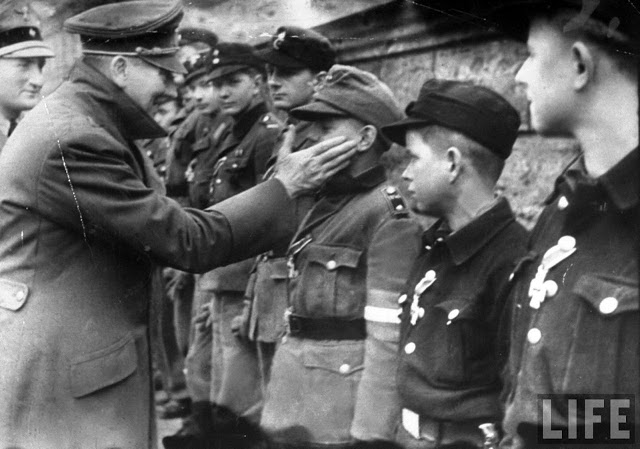World War Two black and white photos that are researched and colorized in detail by Doug and other artists from the ‘Colourisehistory Group.’ This is an example of their work.
Main picture:
A Finnish Brewster Buffalo 239 fighter (BW-352) of (Squadron) Lentolaivue/24 at Selänpää airfield. 24th June 1941. (Source – SA-Kuva. Colorized by Tommi Rossi from Finland)










